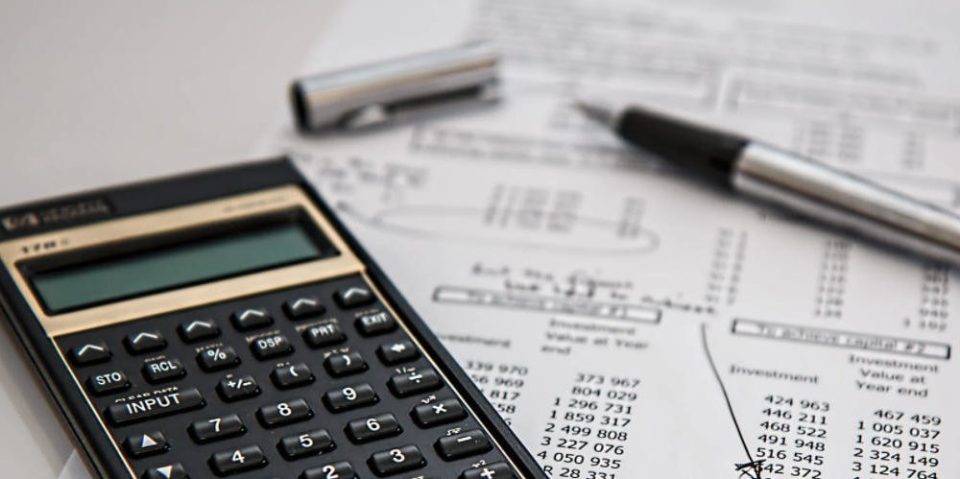The 30-year fixed-rate mortgage, the lending mainstay for American homebuyers, continues to keep borrowers on their toes. This week, the average contract interest rate for 30-year fixed-rate mortgages with balances of $806,500 or less rose to 6.82 percent, up from 6.77 percent the previous week. For anyone who has been house-hunting or debating a refinance, these numbers are far from abstract, they mean higher potential monthly payments and, for many, a closer look at personal budgets.
This modest but noticeable rate increase lands at a time when the housing market seems to have entered a delicate phase. Mortgage demand slipped in response, a reminder that borrowers are watching rates closely. Applications for a mortgage to purchase a home, an important barometer for real estate activity, dropped 12 percent compared to the previous week. Even with this decline, there is a silver lining: purchase application volume is still up 13 percent compared to the same week a year ago, underlining a market that has proven surprisingly resilient over the longer haul.
The world of refinancing also saw a slowdown this week. Applications to refinance existing home loans fell 7 percent compared with the previous week. Although activity cooled in the short term, there has been clear improvement compared to last year, with refinance application volume standing 25 percent higher than where it was a year ago.
It is not unusual for mortgage rates to move by fractions of a percentage point from week to week. Still, the latest increase comes during a period marked by uncertainty about inflation, the Federal Reserve’s next moves, and broader trends in the U.S. economy. Even a 0.05 percent bump can translate into significant additional costs over the life of a mortgage.
With the average rate at 6.82 percent, many potential homebuyers are debating whether to lock in a loan now or wait for lower rates. This hesitation is reflected directly in the week’s application numbers. Anxiety over the possibility of higher rates could prompt some would-be buyers to move quickly, but for others, the added cost is enough to wait it out. Homeowners watching the refinance market may be balancing similar trade-offs, gauging whether savings from grabbing a historically lower rate are worth the trouble of paperwork and closing costs, or whether another adjustment in the market is just around the corner.
Average home prices remain high in much of the country, and today’s mortgage rates are magnifying concerns about affordability. For borrowers with a loan balance just under the conforming limit of $806,500, the difference between last week’s and this week’s rates may seem minor, but over a thirty-year mortgage that 0.05 percent increase translates to thousands of dollars in interest. The math is inescapable, and it is changing the behavior of Americans eyeing real estate decisions, whether first-time buyers, move-up households, or those with their sights set on long-term investments.
Industry watchers are keeping a close eye on the Fed, which continues to telegraph a data-dependent approach to interest rates. Inflation data, wage growth, and employment numbers all feed into that calculus and, by proxy, help determine what happens next with mortgage rates.
For now, the increase to 6.82 percent is a reminder that borrowing costs can climb even in a market where year-over-year volume shows some strength. The weekly drop in activity suggests some buyers might be hitting pause, but the substantial gains over last year show that the housing market’s pulse is still strong. As always, would-be buyers and refinancers must decide if waiting for a better rate is worth the risk or if now remains a good enough window to make a move.

